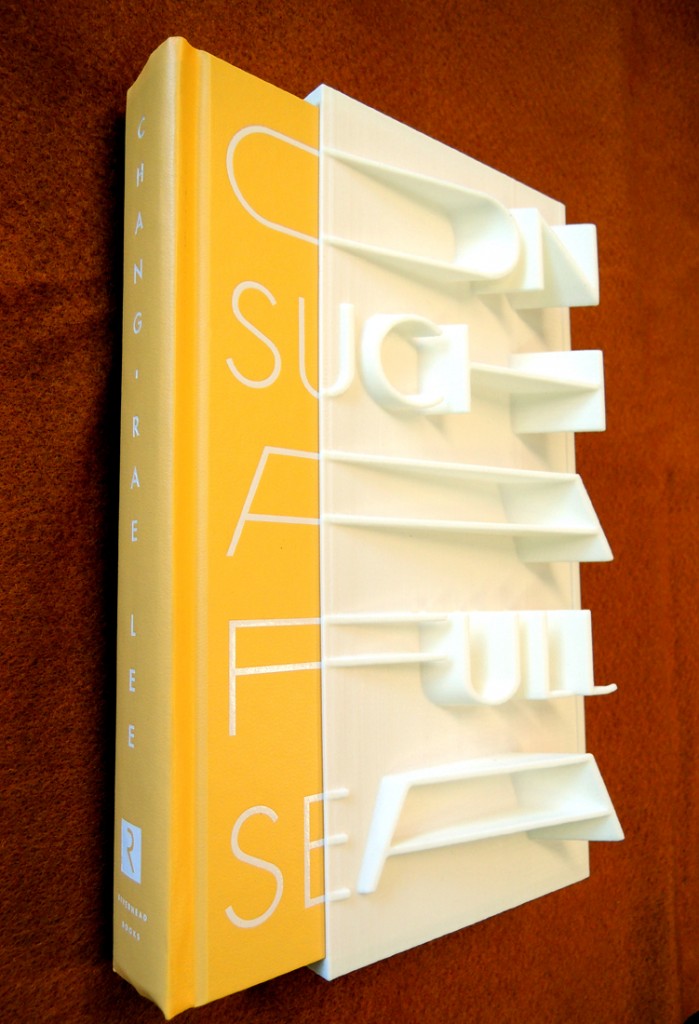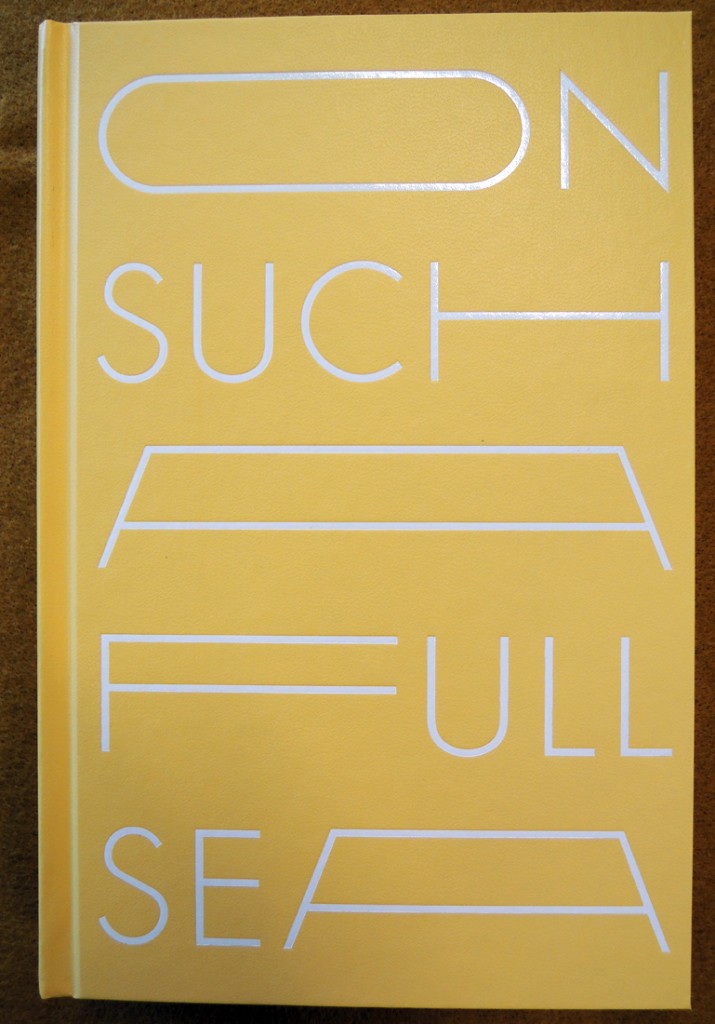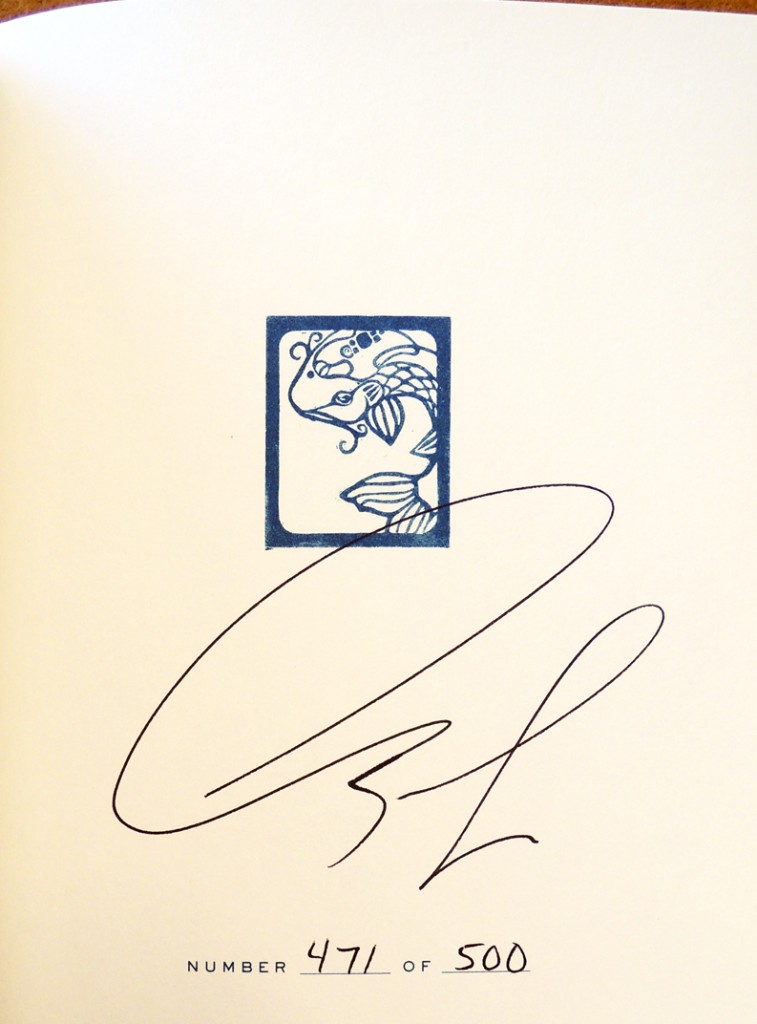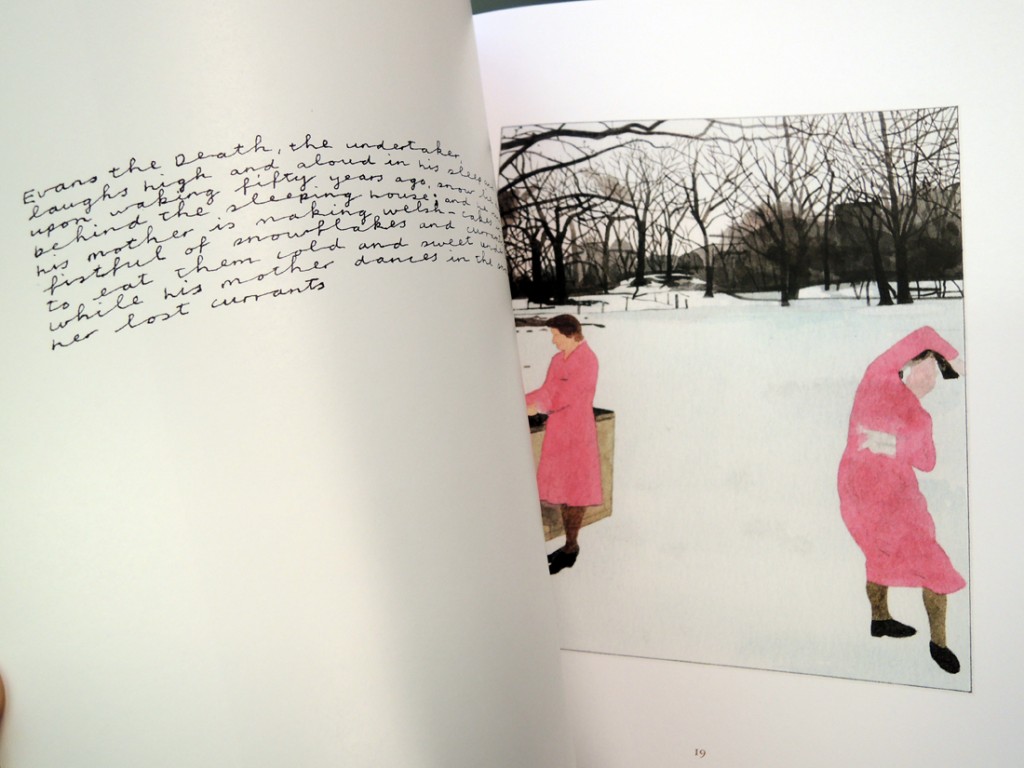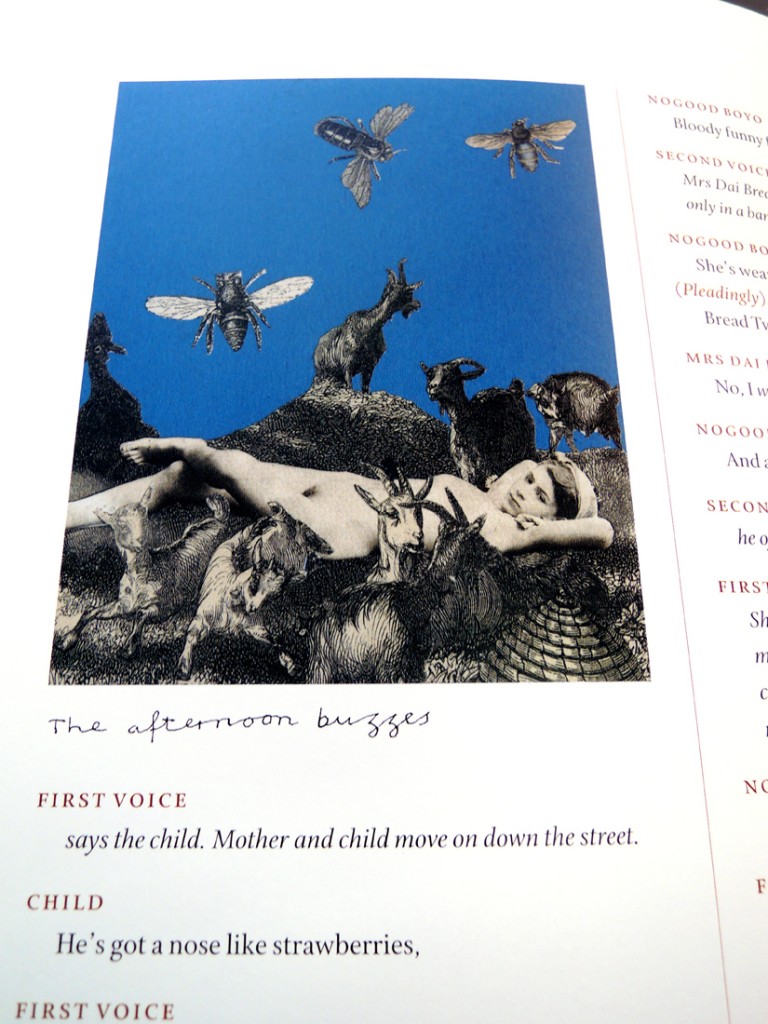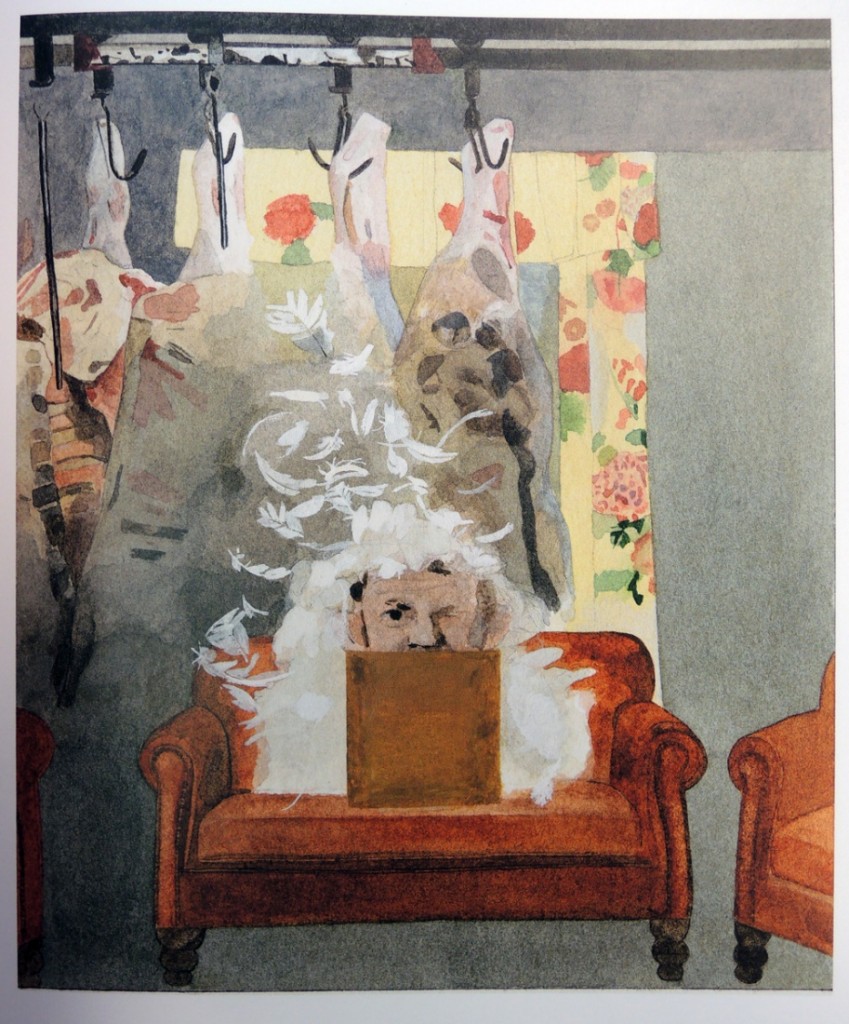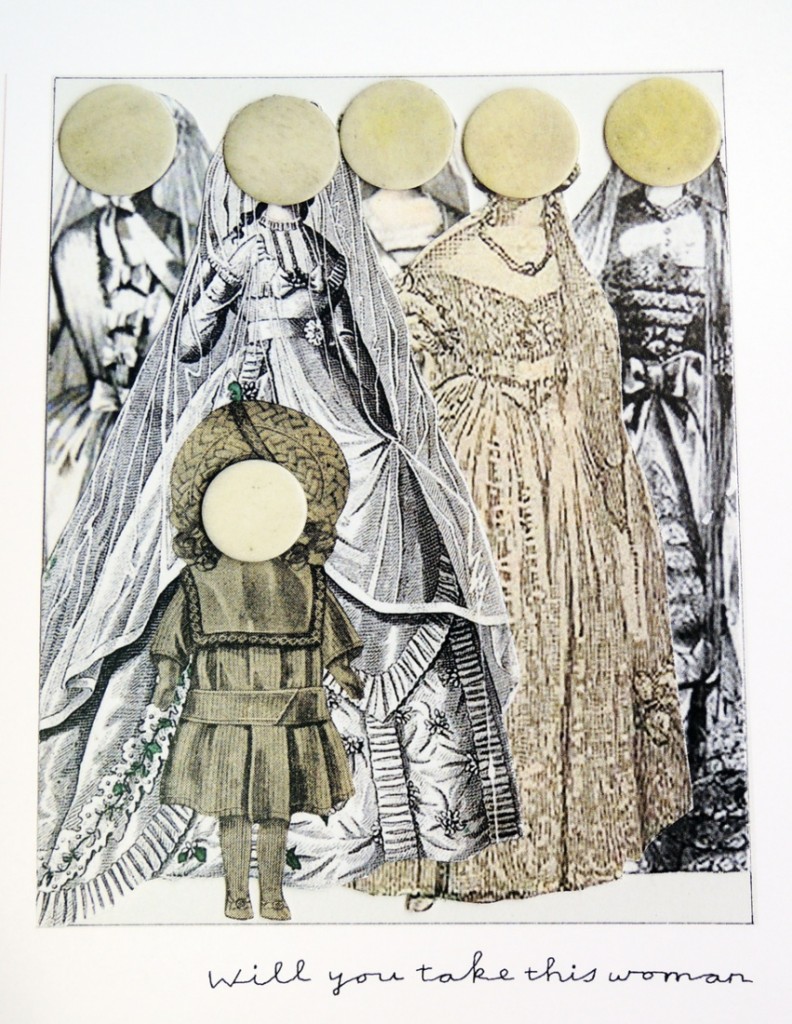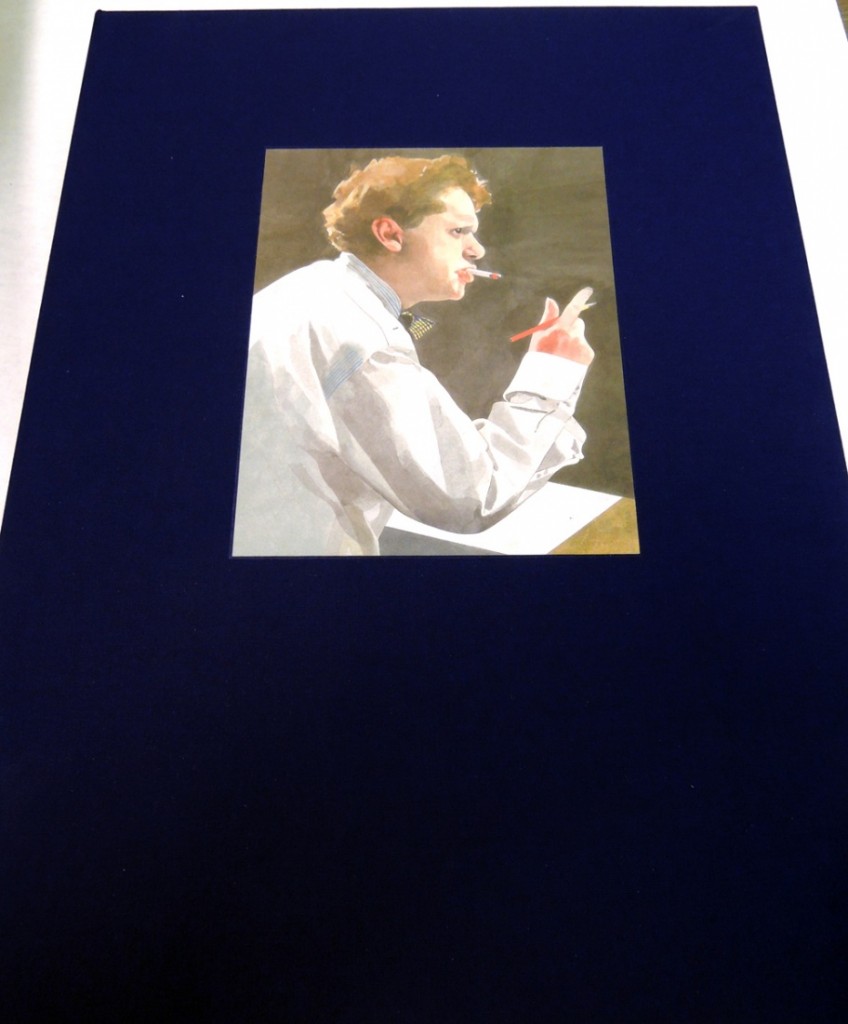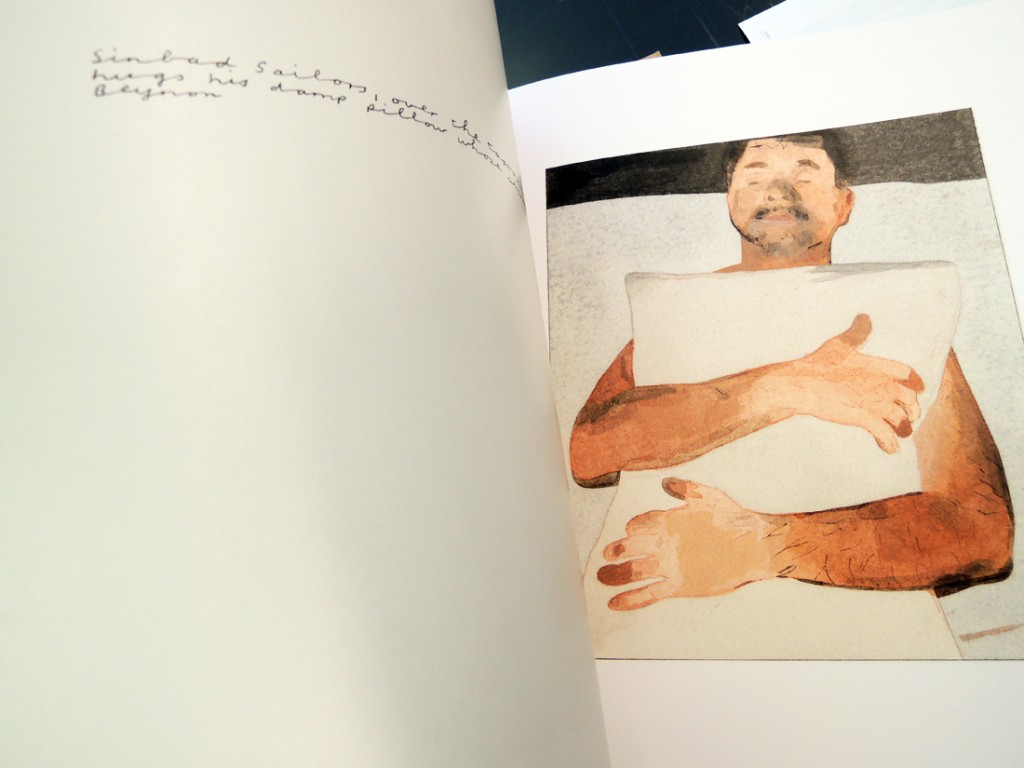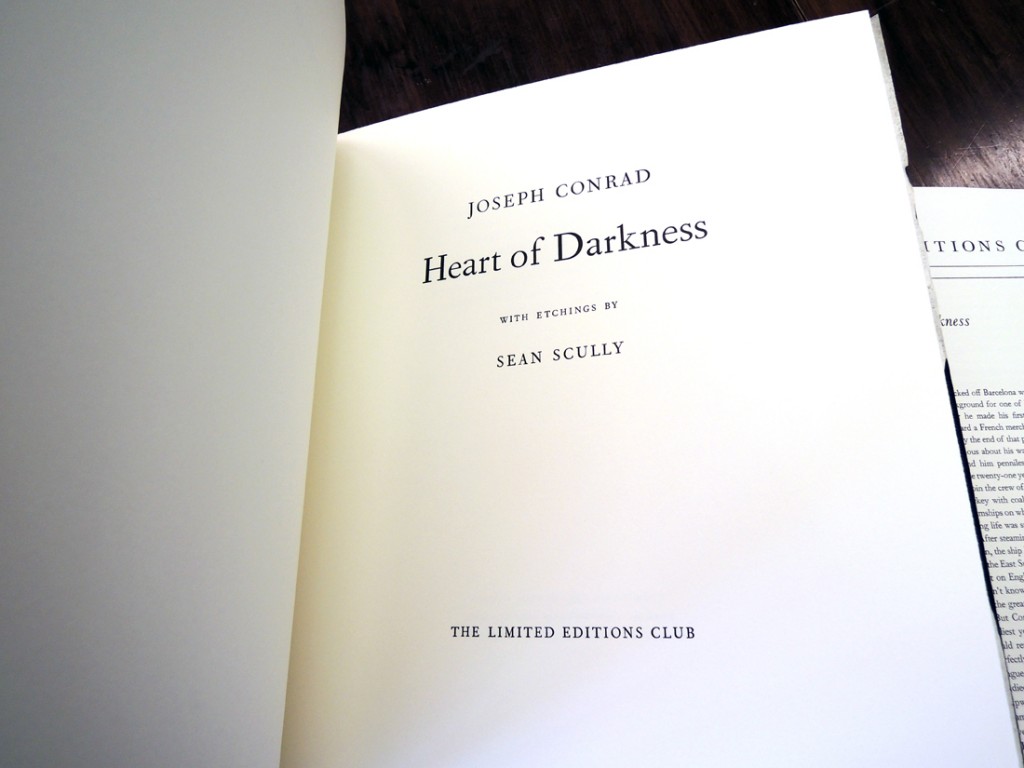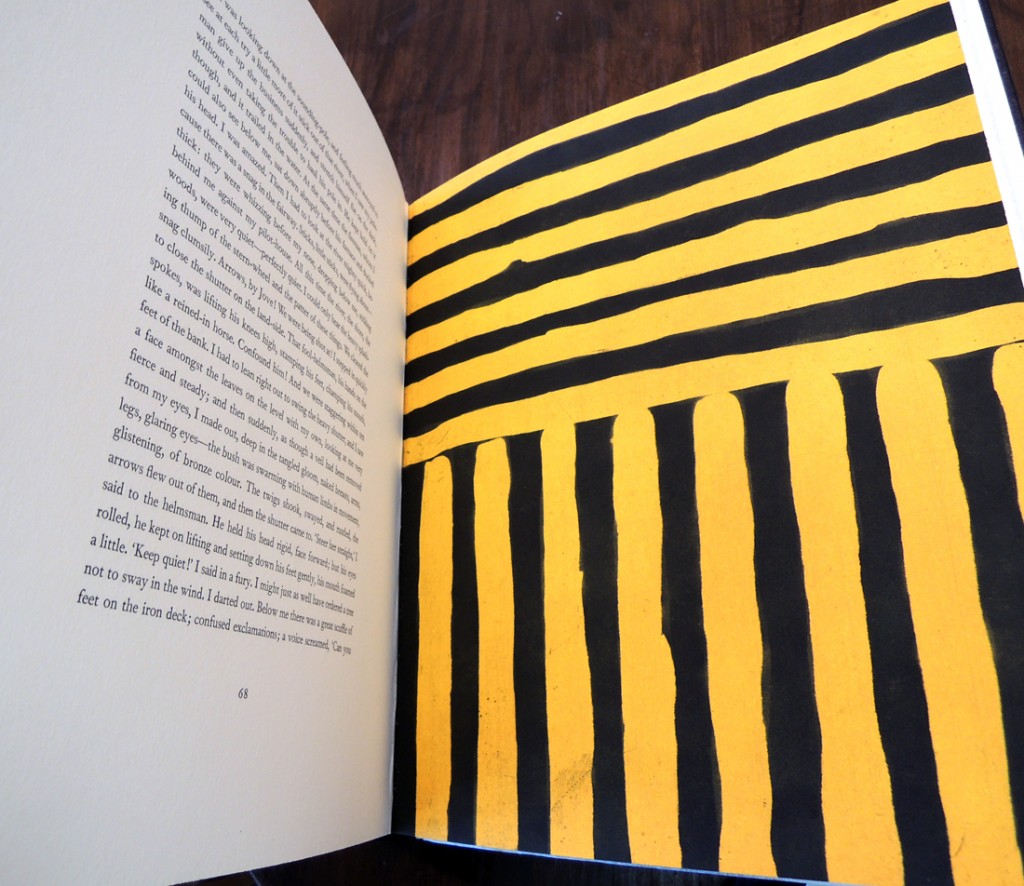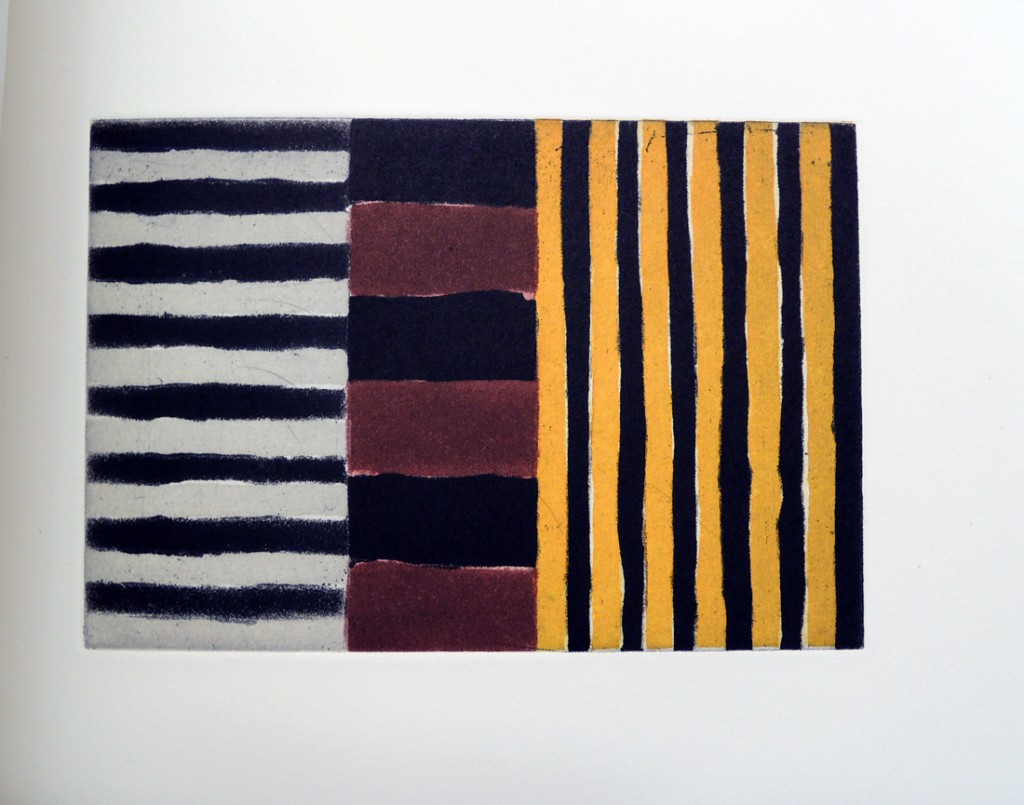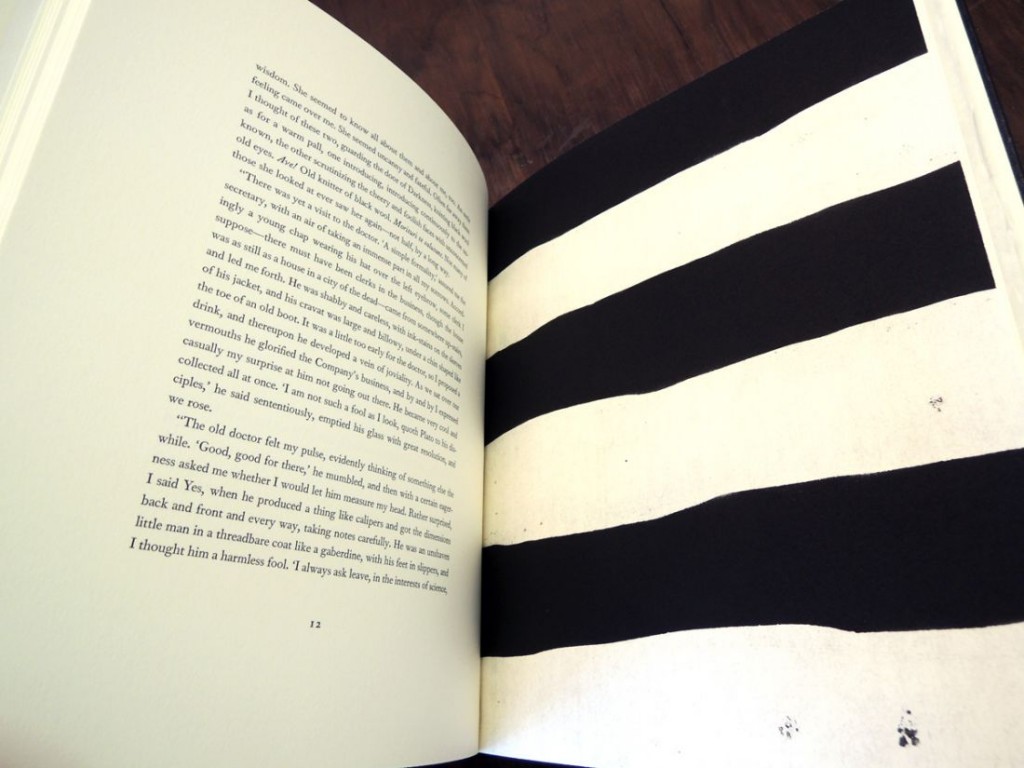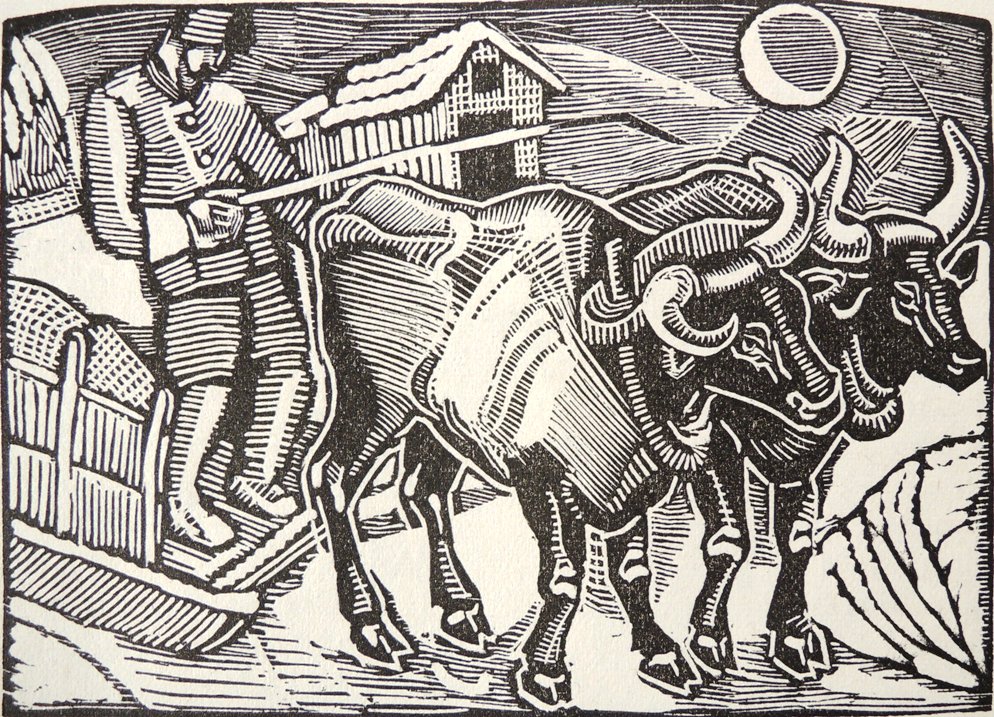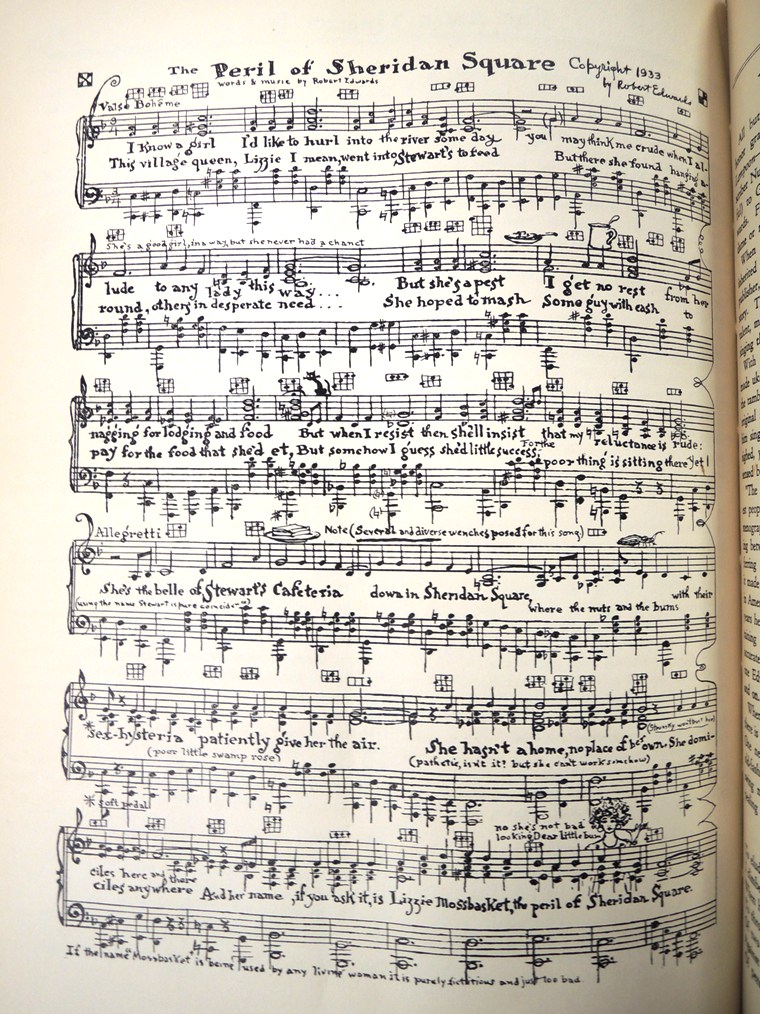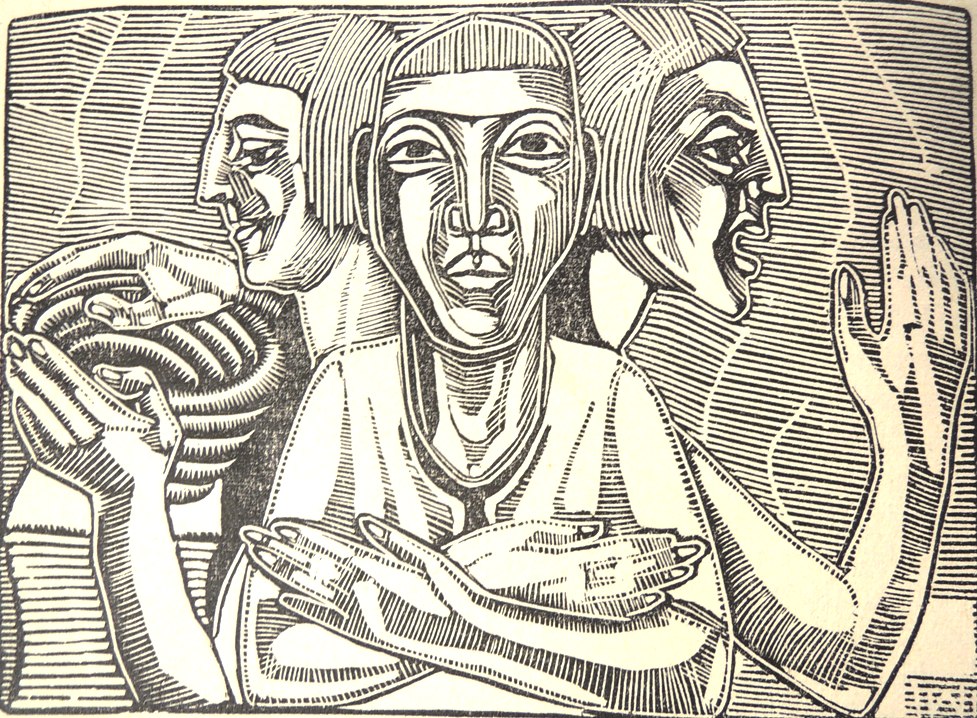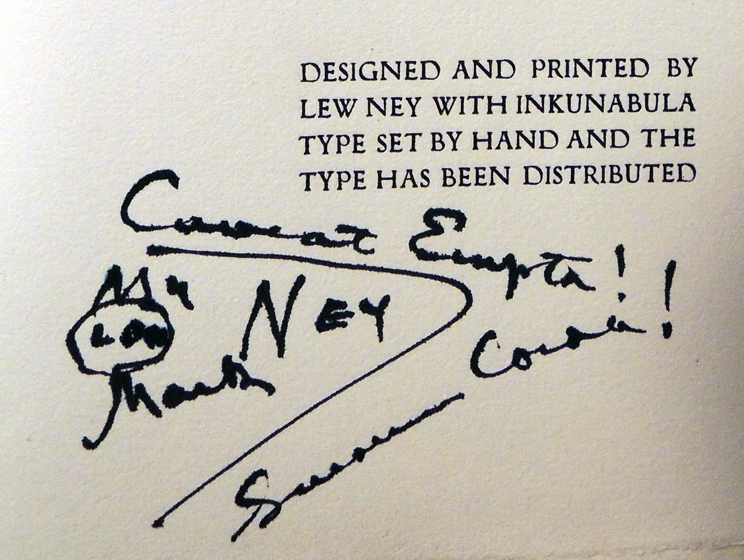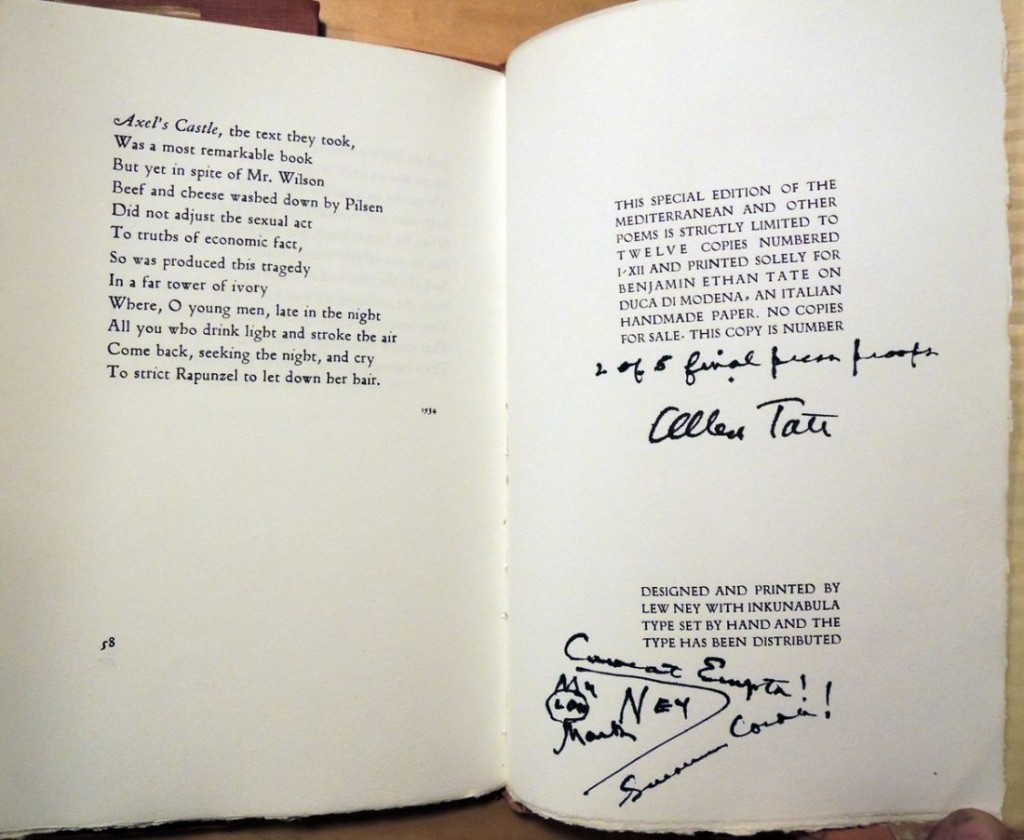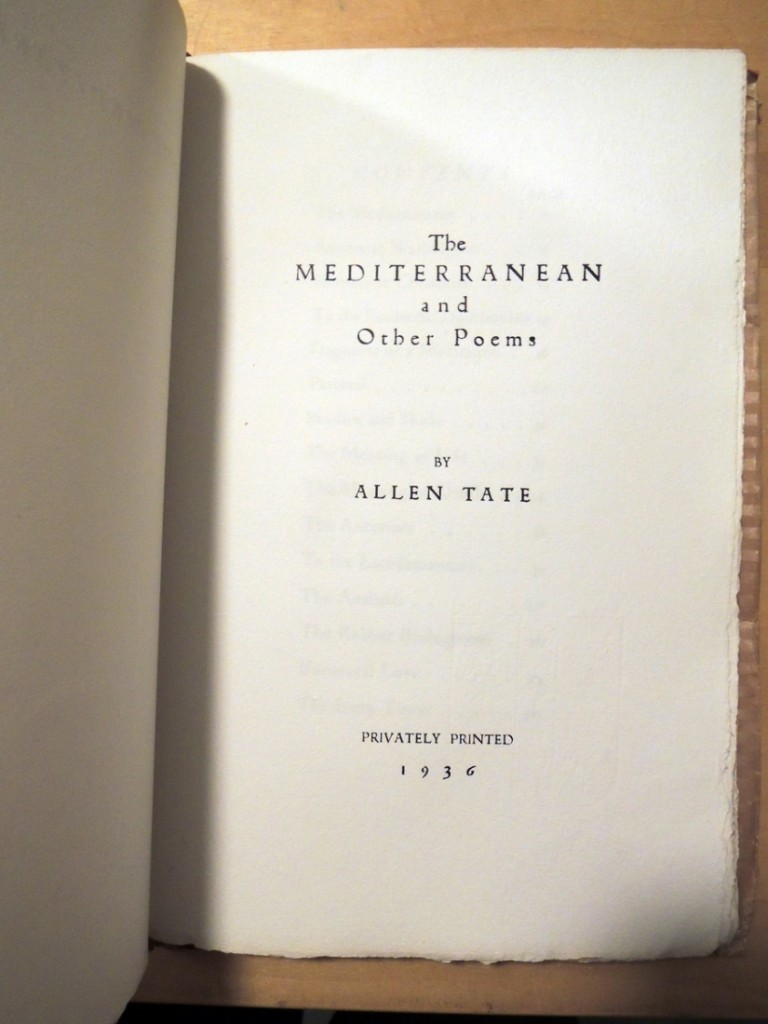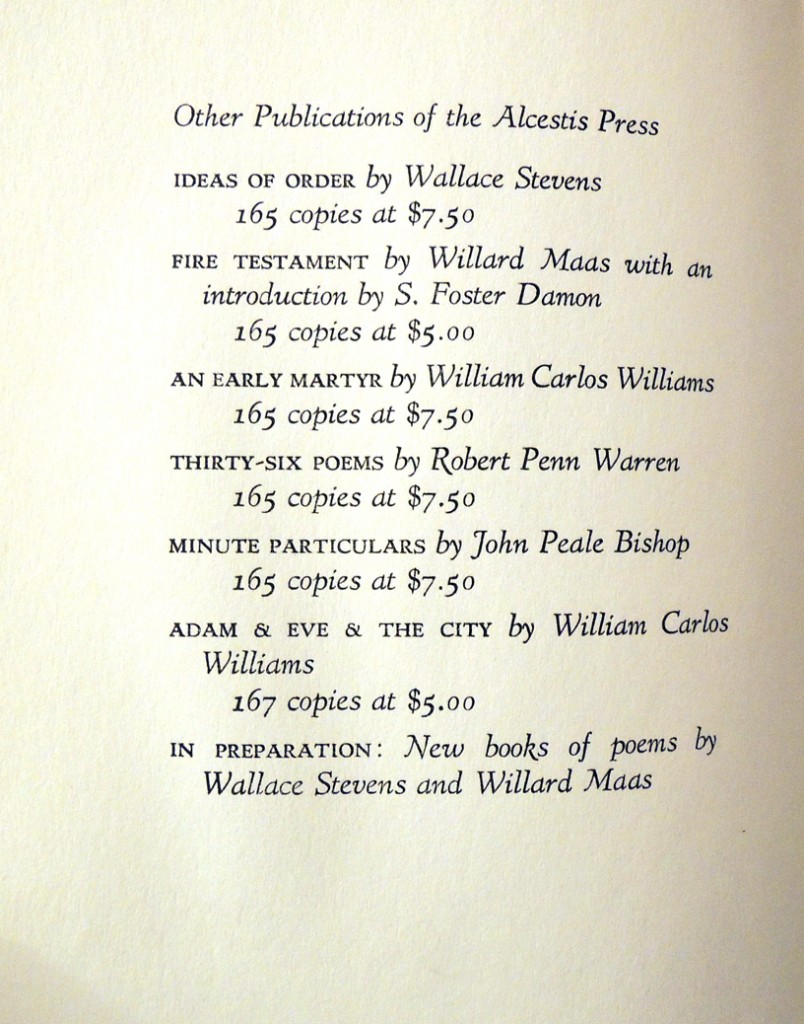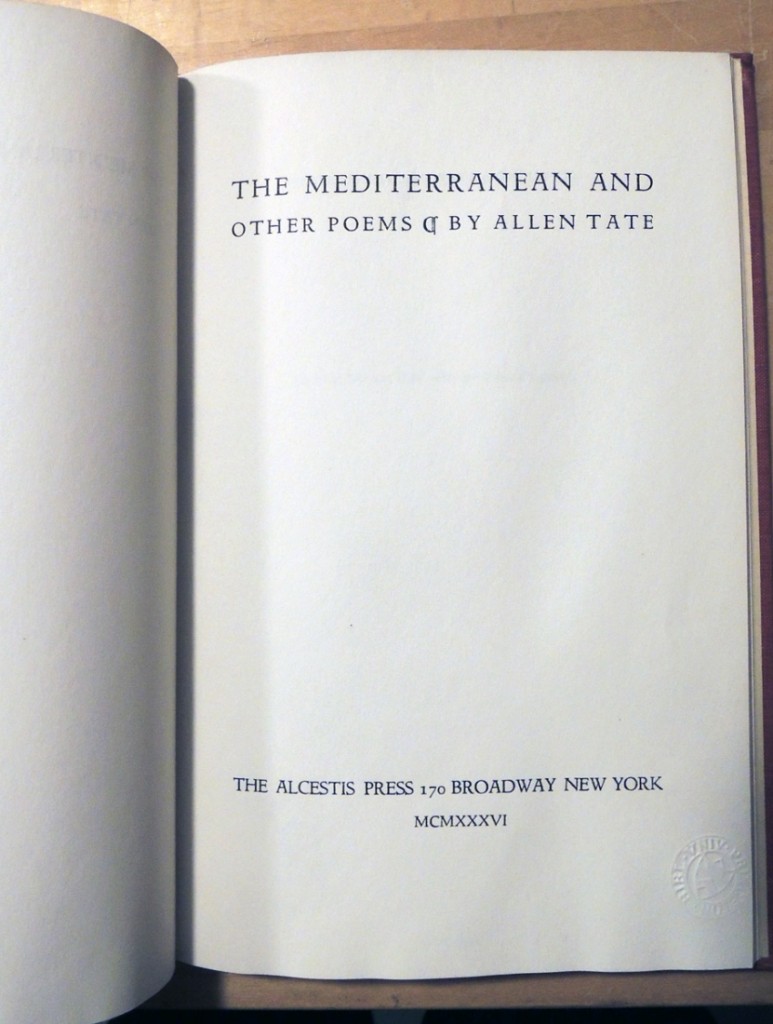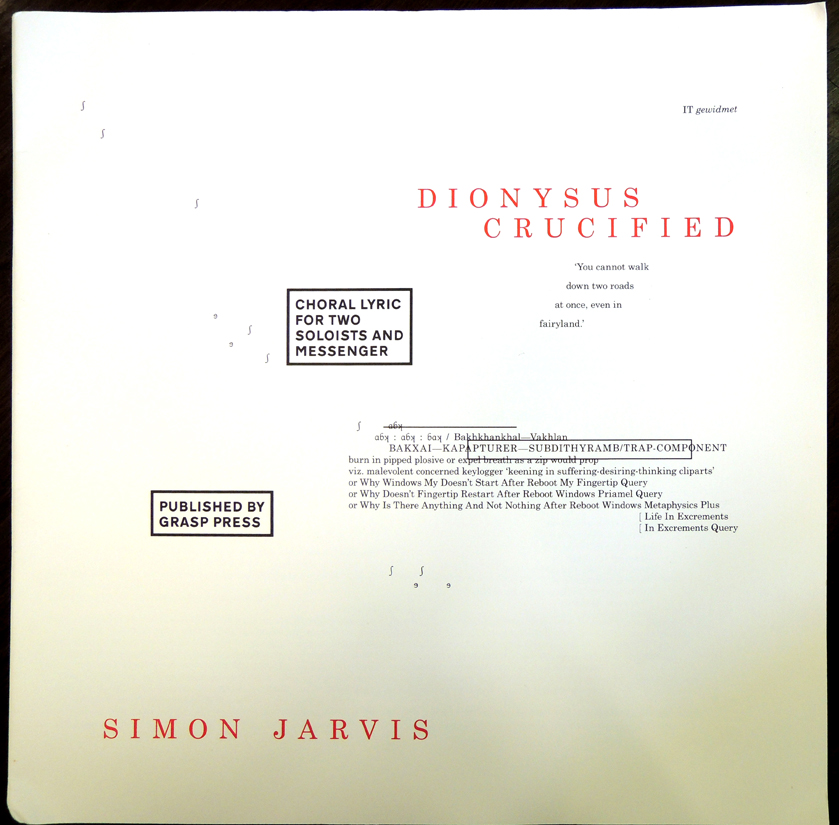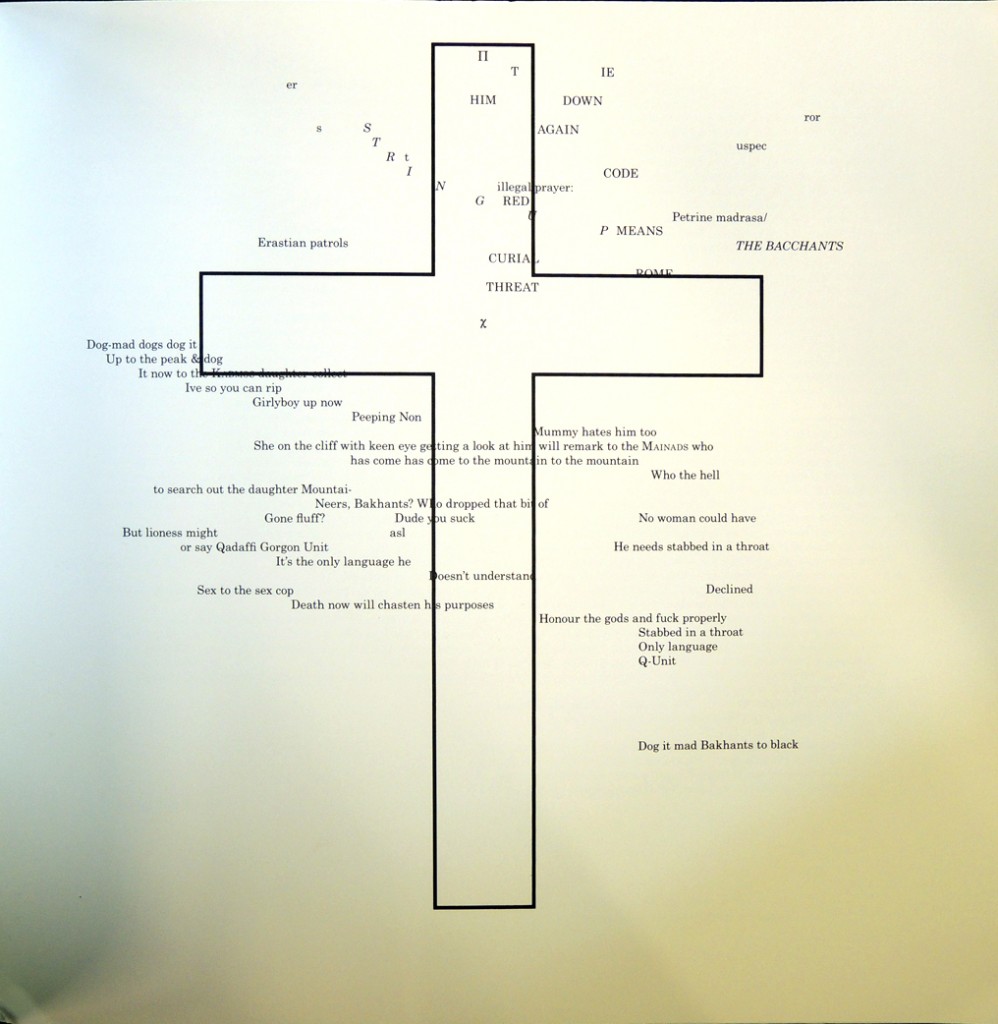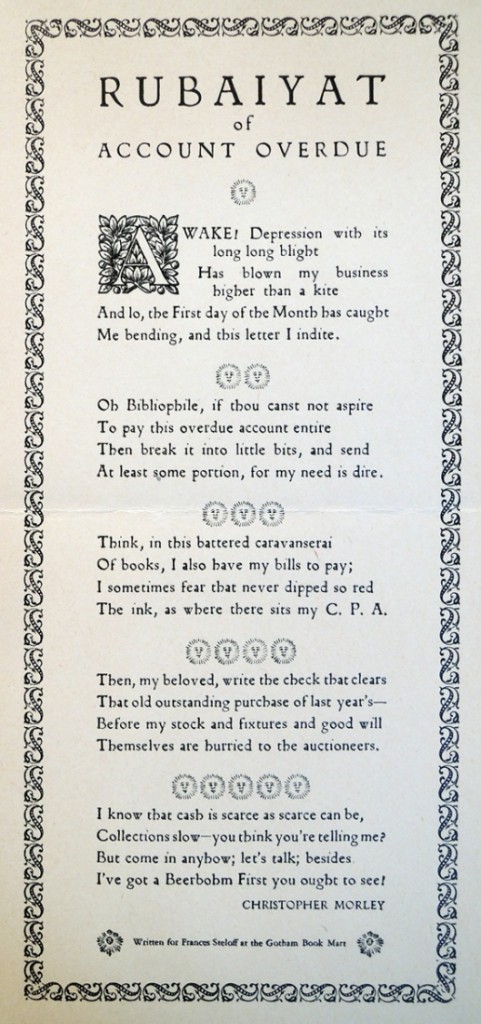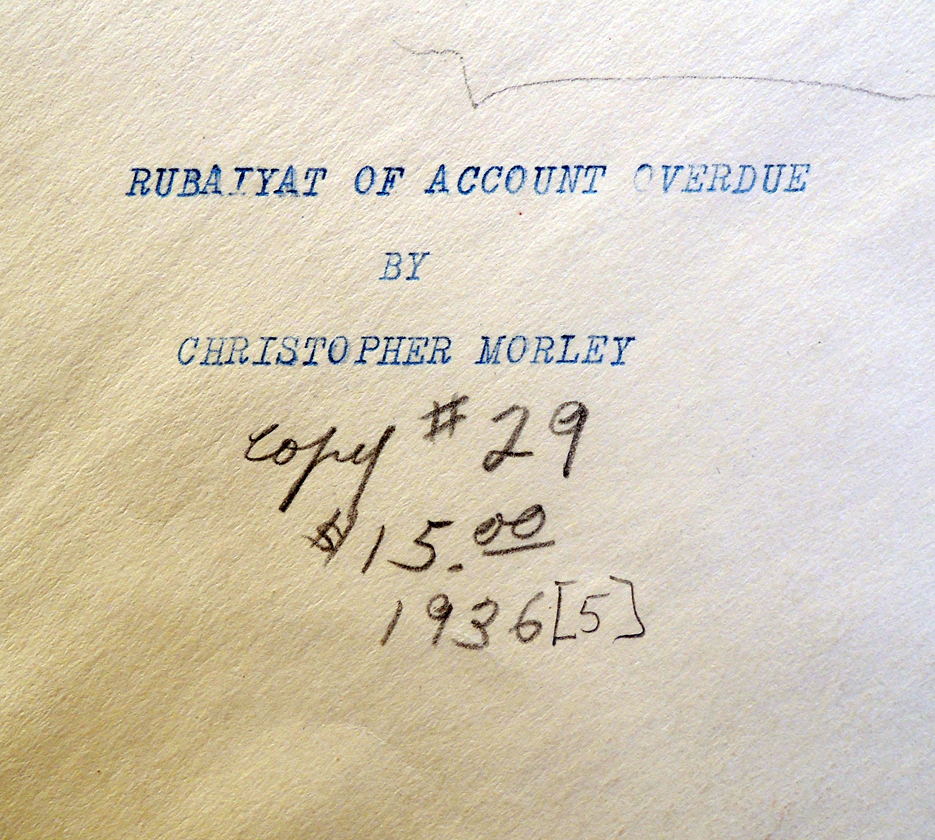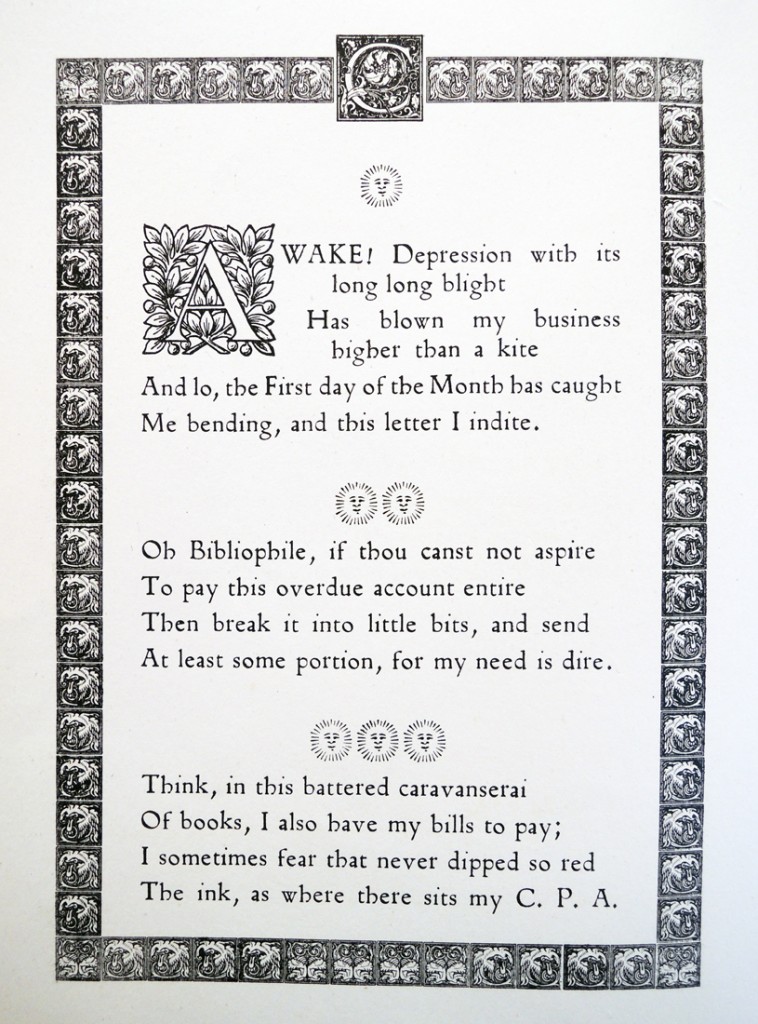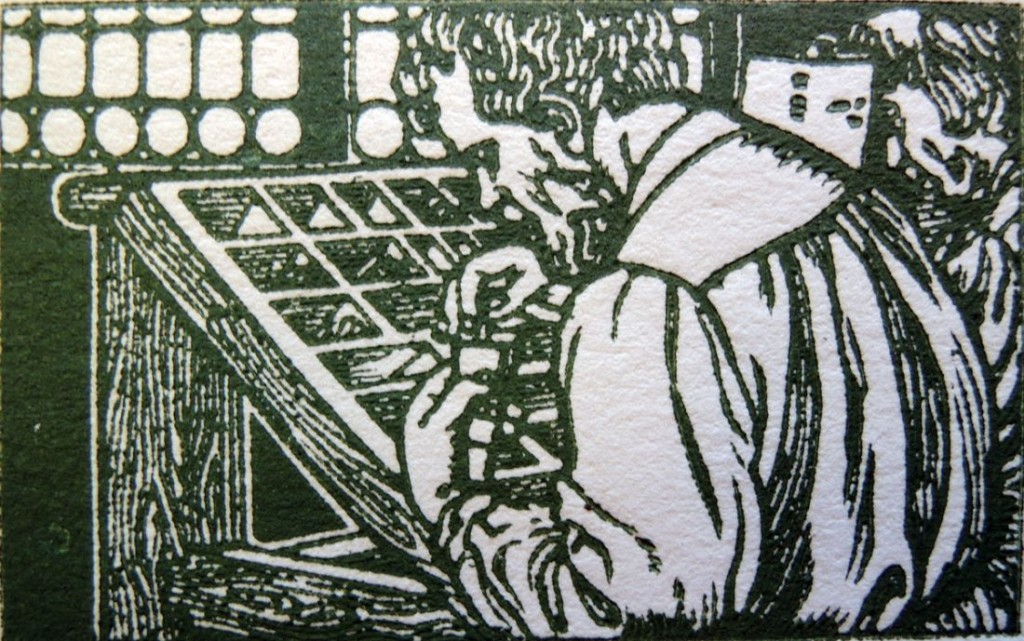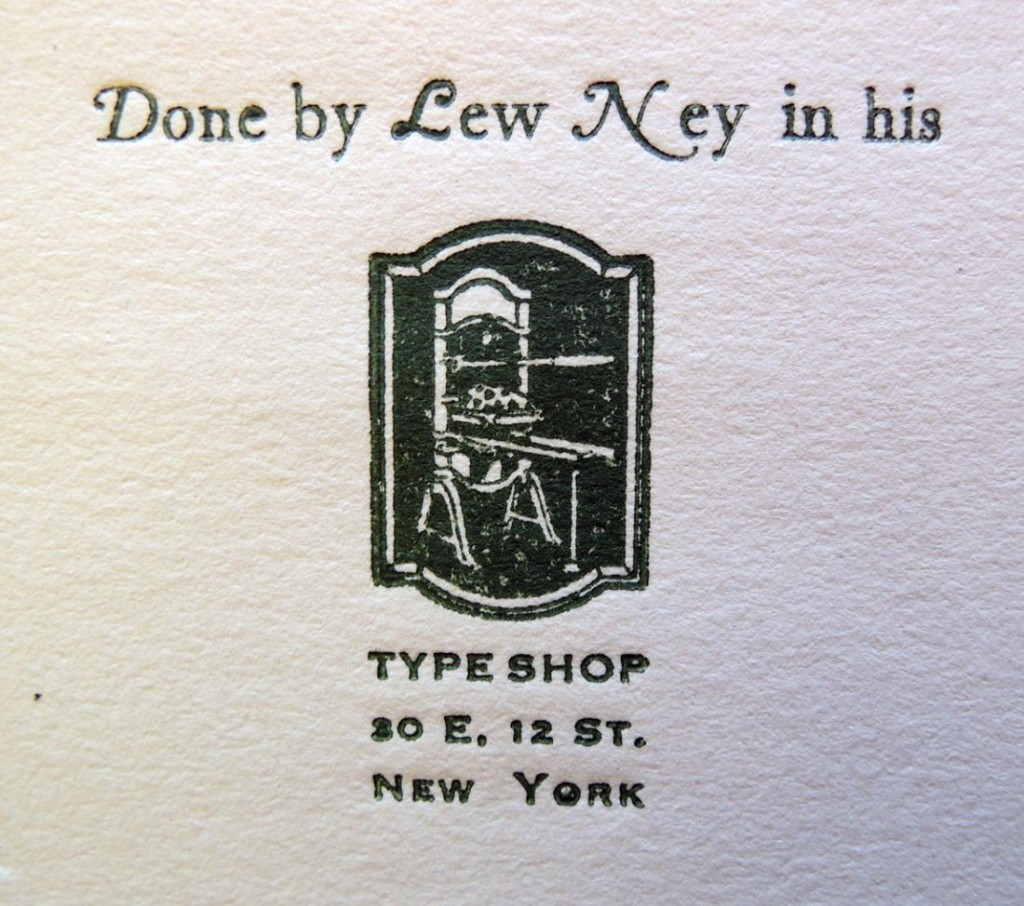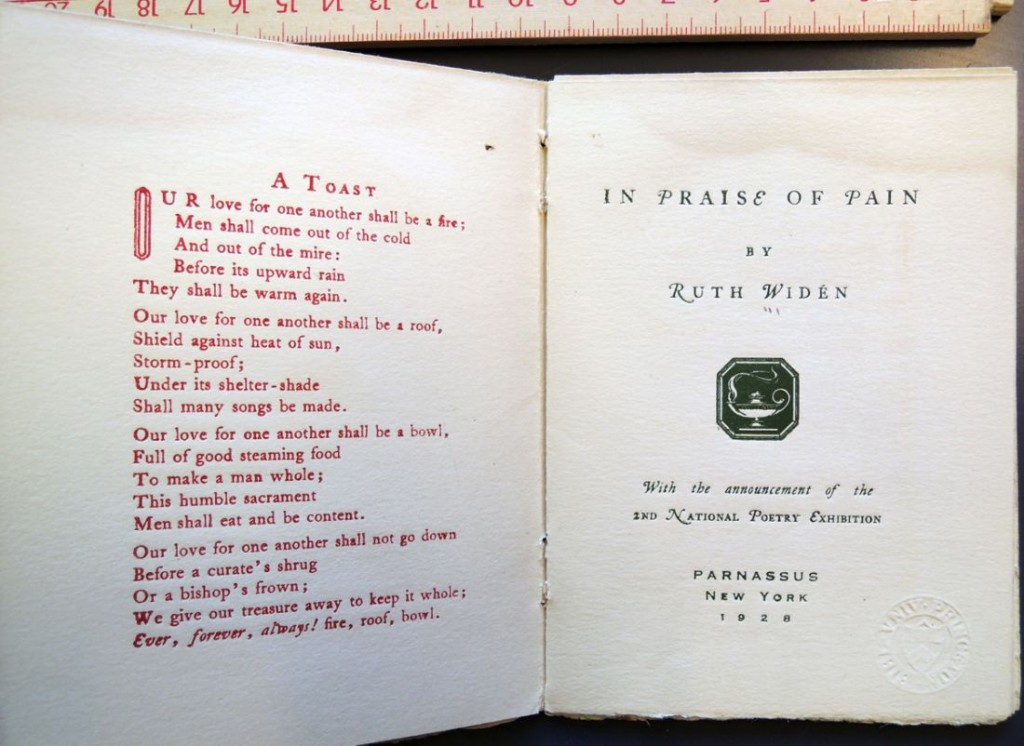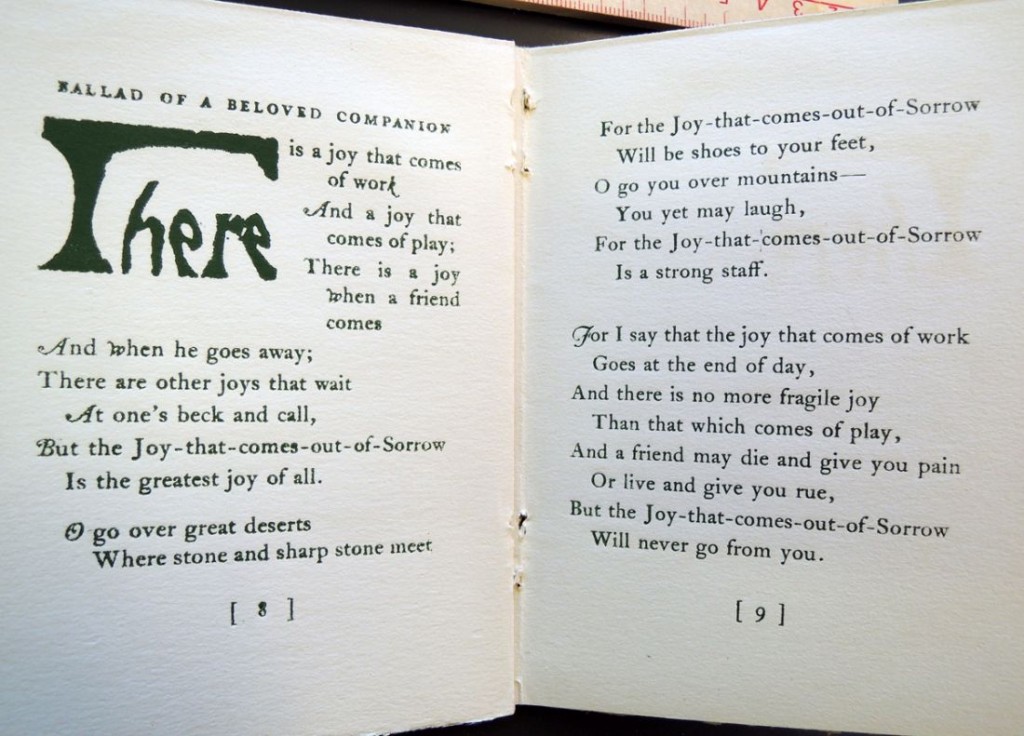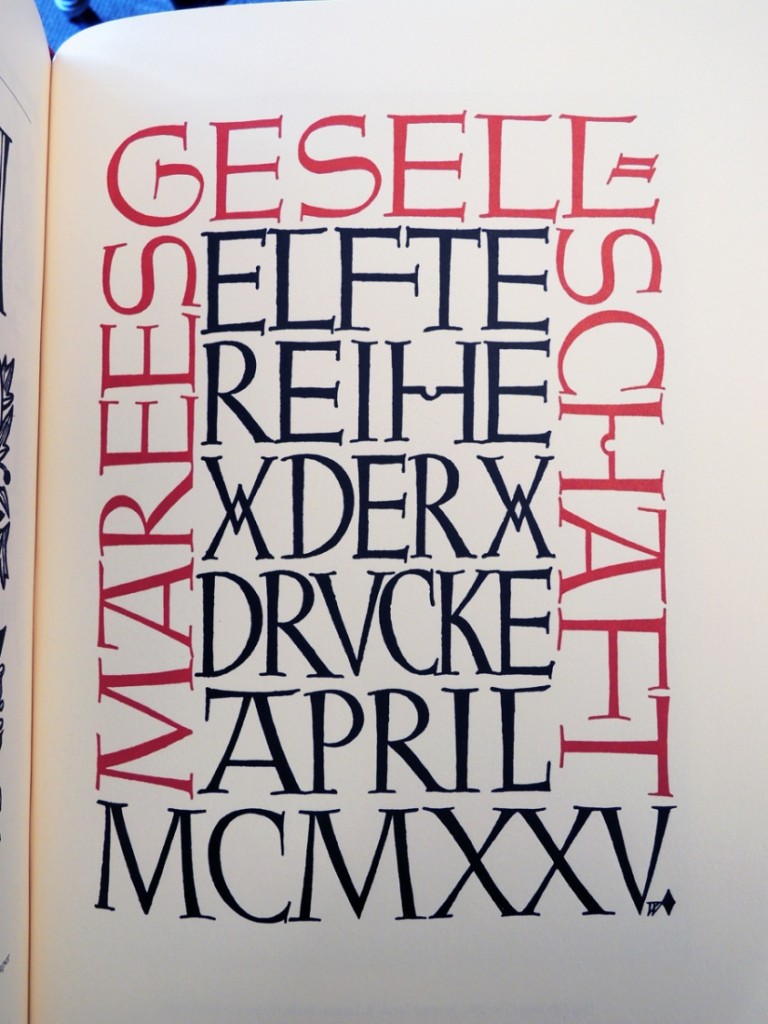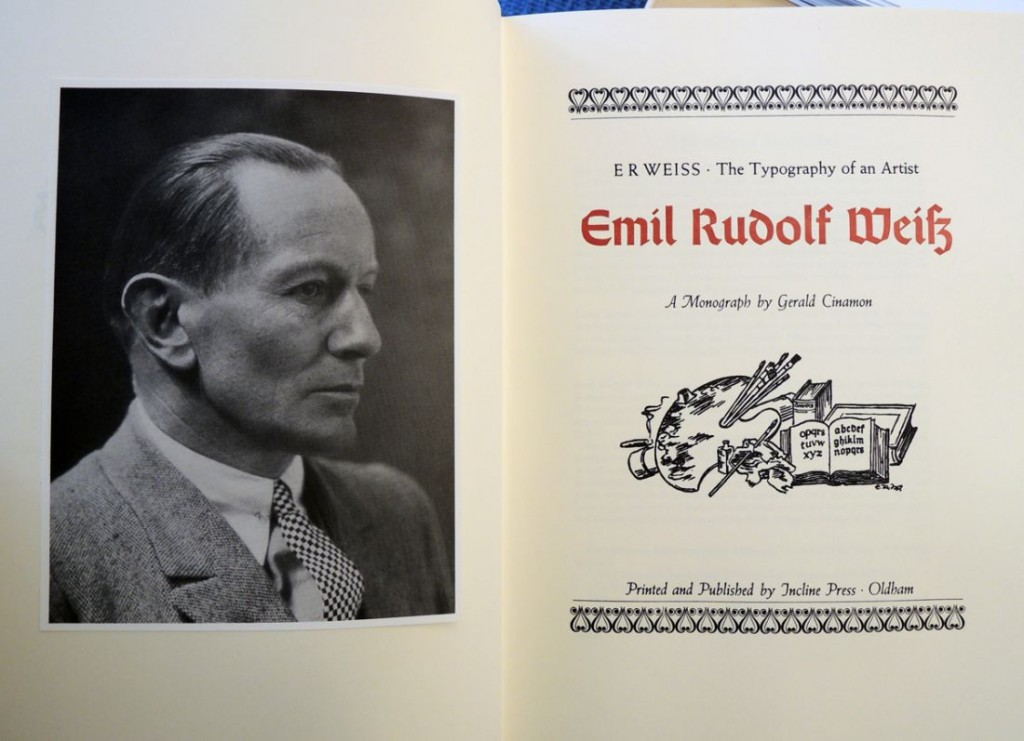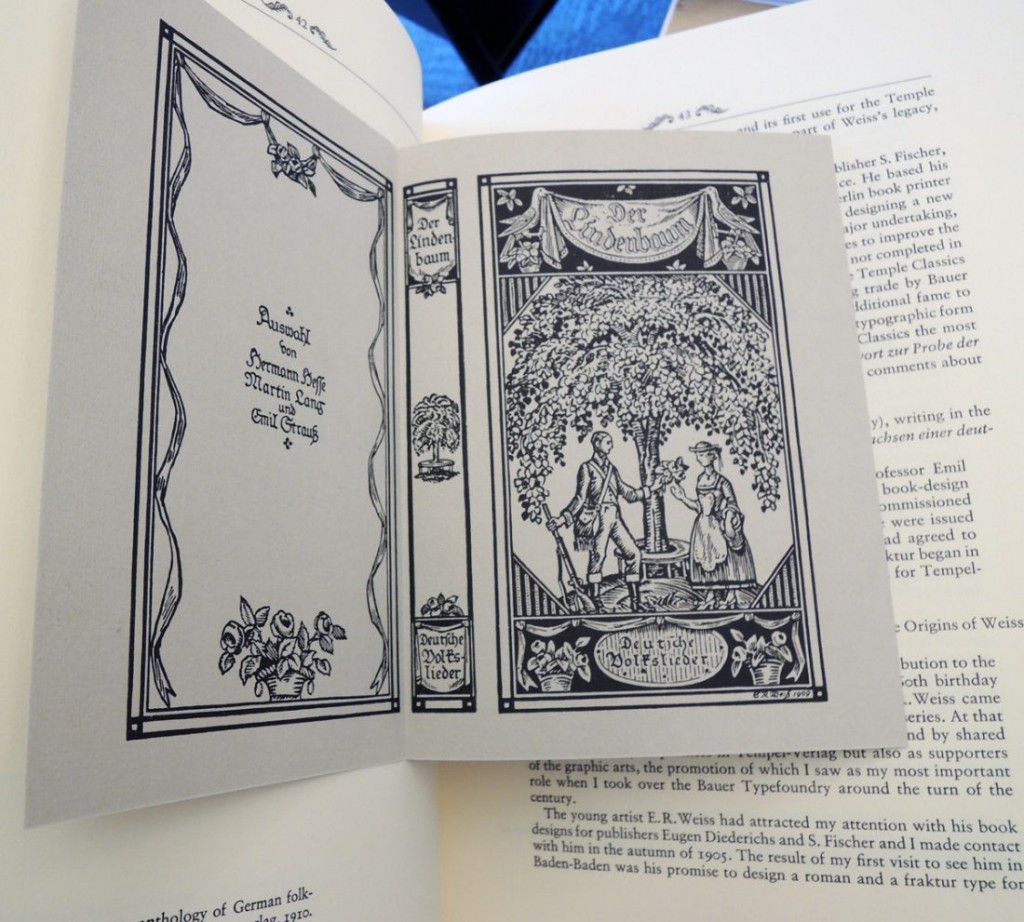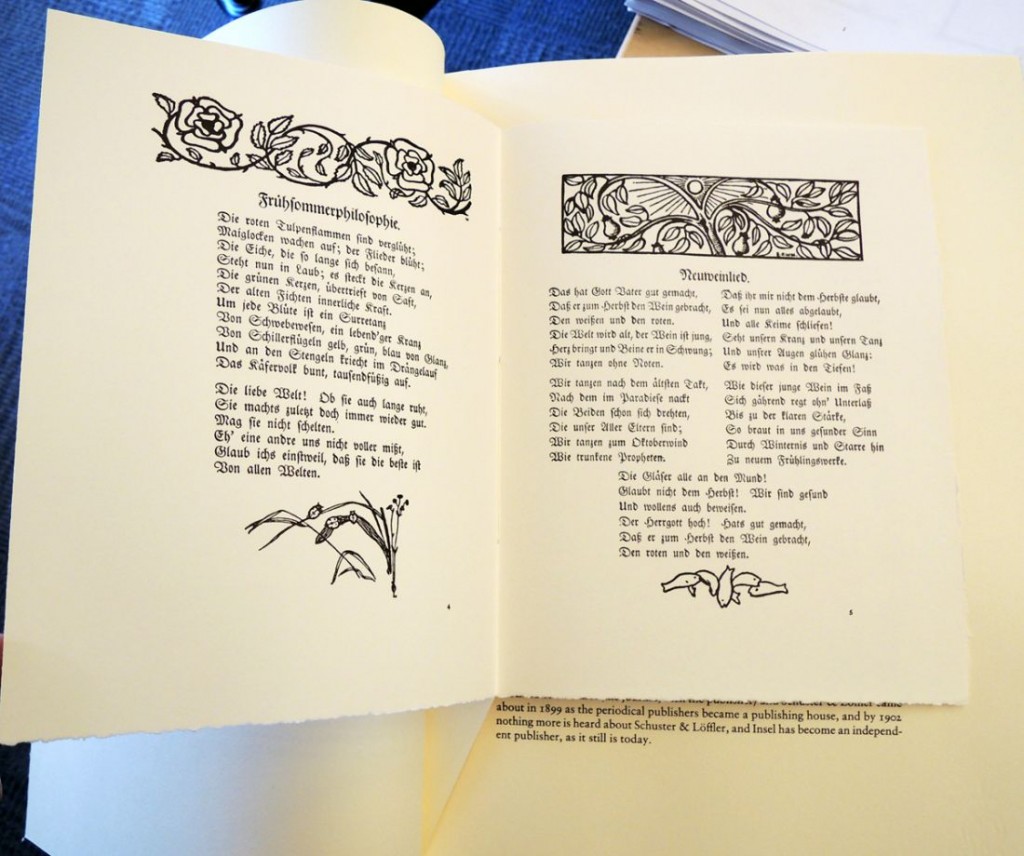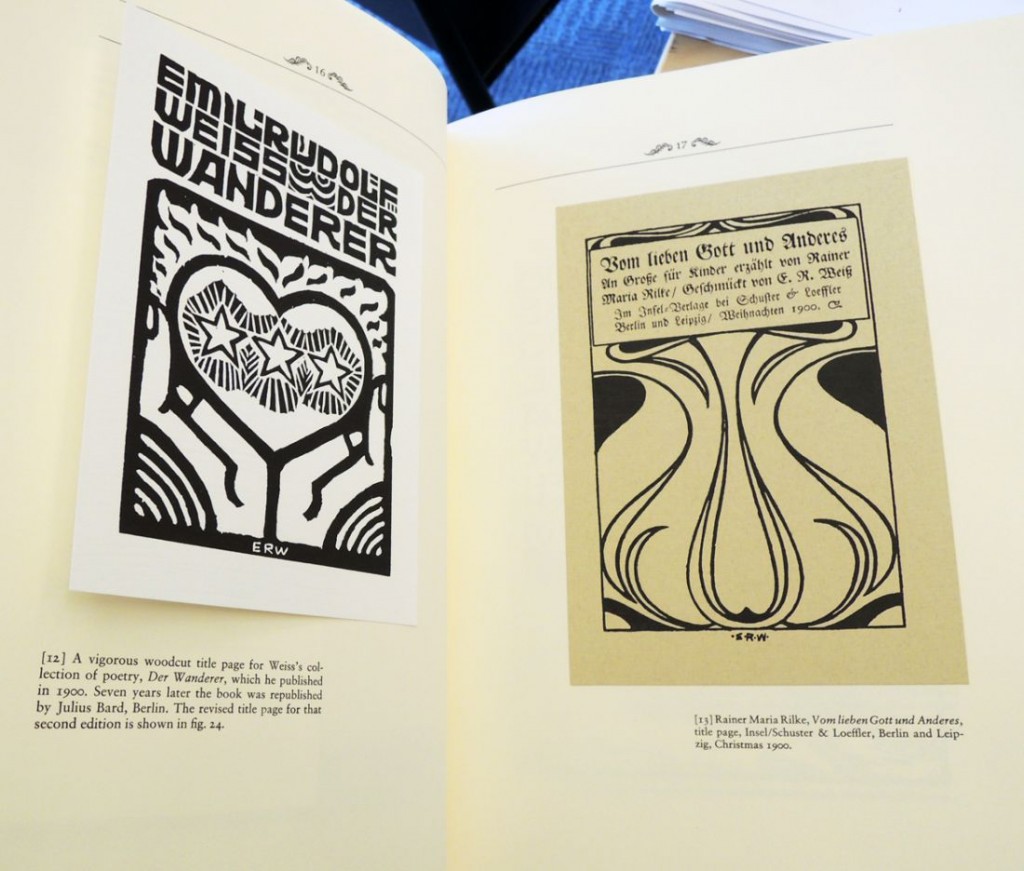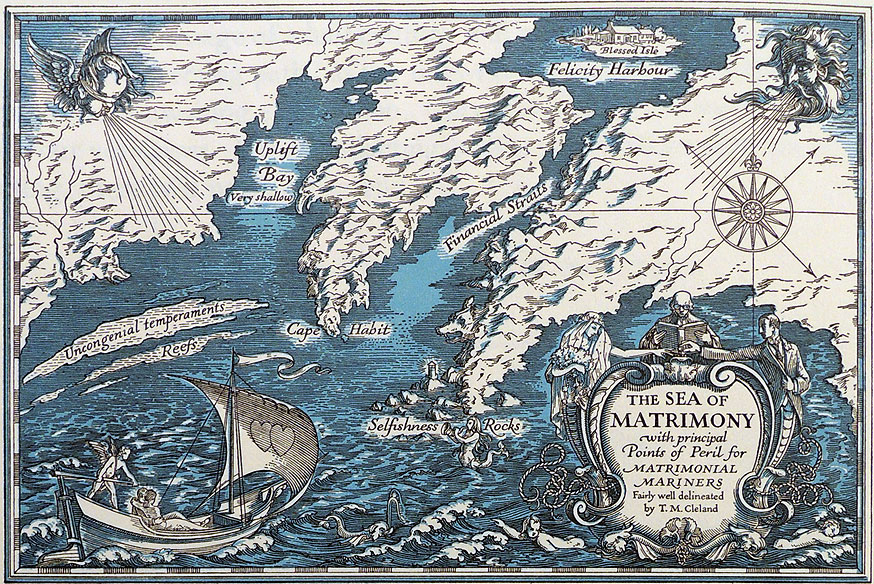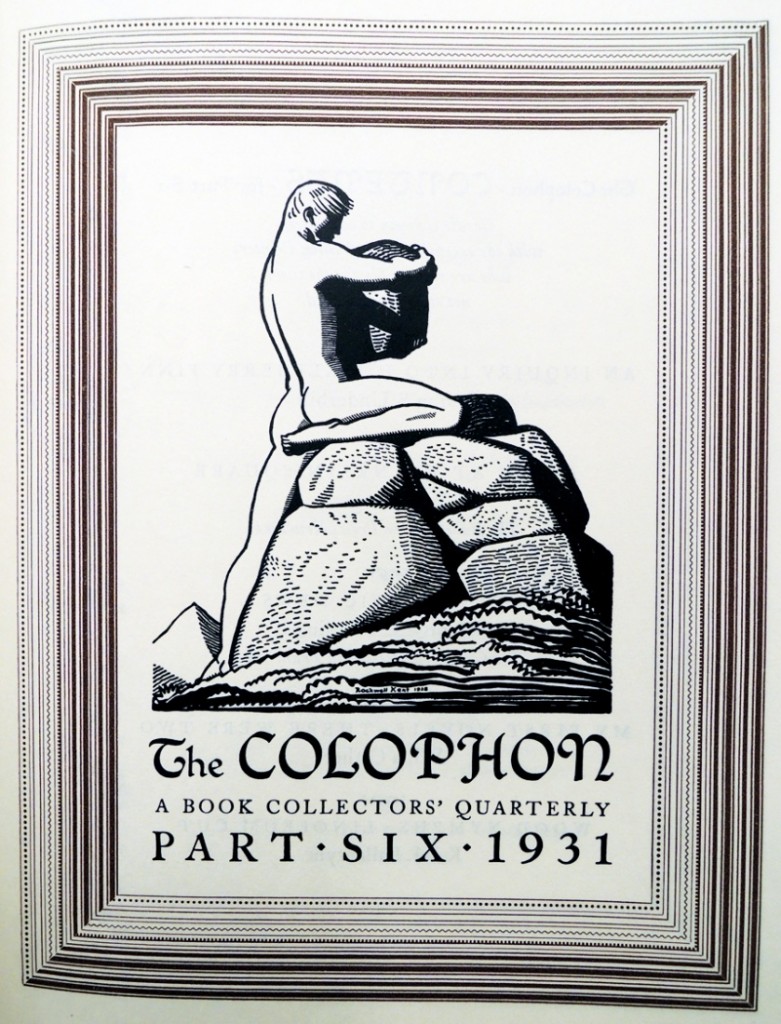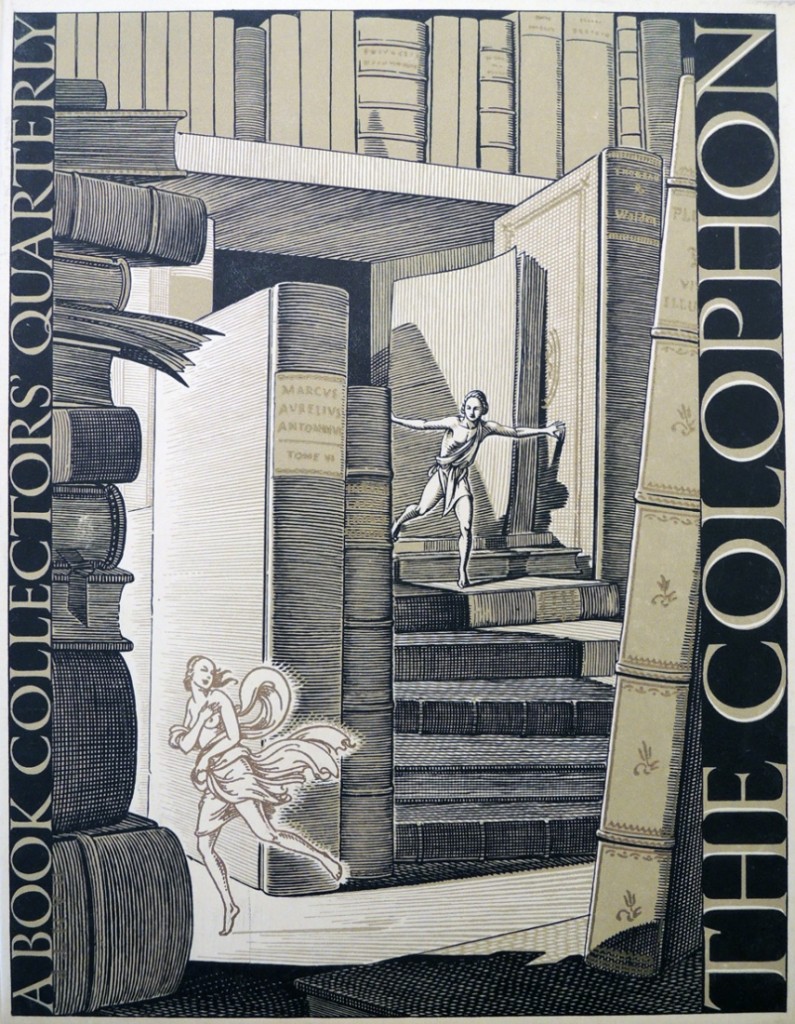Chang-rae Lee, On Such a Full Sea (New York: Riverhead Books, 2014). Copy 471 of 500. Graphic Arts Collection 2014- in process.
When Princeton University Professor of Creative Writing Chang-rae Lee was ready to publish his fifth novel, On Such a Full Sea, a decision was made to produce a special, limited edition book in addition to the trade volume. His publisher Riverhead Books teamed up with MakerBot to create 500 copies with a 3D printed slipcase designed by art director Helen Yentus. Fabricated on the MakerBot® Replicator® 2 Desktop 3D Printer, the extended typography was then repeated on the cloth cover and each book signed by Lee.
To watch a video of Helen Yentus, the art director of Riverhead Books, talking about the design and construction of the 3D printed slipcase for Lee’s novel, click here: http://youtu.be/vfr2ARWWKHs
Chang-rae Lee is the author of five novels: Native Speaker (1995); A Gesture Life (1999); Aloft (2004); The Surrendered, which was a Finalist for the Pulitzer Prize; and On Such a Full Sea (2014). His novels have won numerous awards and citations, including the Hemingway Foundation/PEN Award, the American Book Award, the Barnes & Noble Discover Award, ALA Notable Book of the Year Award, the Anisfield-Wolf Literary Award, the Gustavus Myers Outstanding Book Award, and the NAIBA Book Award for Fiction. He has also written stories and articles for The New Yorker, The New York Times, Time (Asia), Granta, Conde Nast Traveler, Food & Wine, and many other publications.

